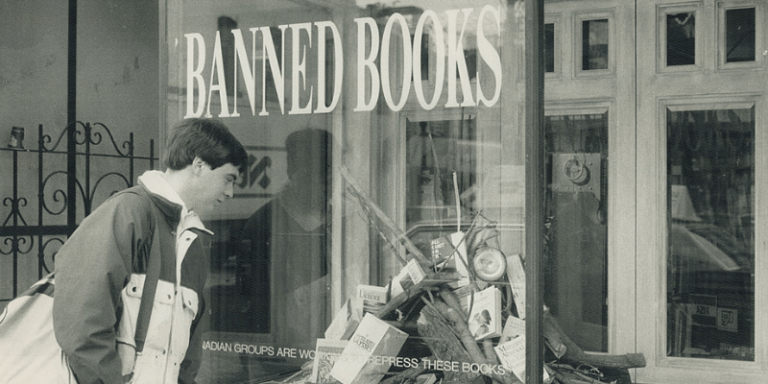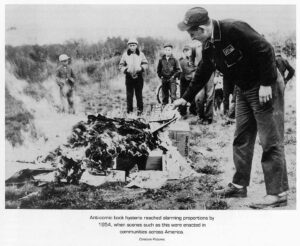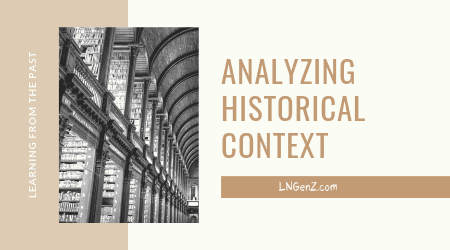California Schools Banning Books?
Is banning books the best way to get rid of bad ideas?
By: Pennel Bird | December 7, 2020 | 567 Words

(Photo by Reg Innell/Toronto Star via Getty Images)
A big part of every student’s journey through school is reading the great novels of American and English literature. They challenge students to consider new ideas. Some of these towering works include J.D. Salinger’s Catcher in the Rye, George Orwell’s 1984, John Steinbeck’s Of Mice and Men, Mark Twain’s The Adventures of Huckleberry Finn, and Harper Lee’s To Kill a Mockingbird.
However, for students in Burbank, California, the last three listed above have been banned. Several parents felt that the decision to teach these novels, which include offensive racist behavior, was damaging to the students. One parent complained her daughter was “legitimately traumatized” when she was taunted by a classmate with a racist insult – a word used in one of the banned books, Roll of Thunder, Hear My Cry.

A film still from the 1989 documentary ‘Comic Book Confidential’ showing the burning of comic books. The caption reads “Anti-comic book hysteria reached alarming proportions by 1954, when scenes such as these were enacted across America.” (Photo by Cinecom Pictures/Michael Ochs Archives/Getty Images)
A History of Book Banning and Burning
Books deemed controversial have been banned many times in history. Many times throughout history, banning books turned to burning them. In 1933 the Nazis proclaimed a nationwide “Action Against the Un-German Spirit.” This justified the burning of books written by Jewish citizens. Also targeted were books by pacifist, socialist, anarchist and communist authors.
Likewise, in the mid-20th century, Mao Zedong of China staged book burnings of any volumes that failed to conform to party propaganda and were deemed a threat to the all-powerful “Great Leader Chairman Mao.” This regime resulted in around 70 million Chinese deaths by execution or forced labor.
For exposing the Russian holocaust, Aleksandr Solzhenitsyn’s books were banned in the Soviet Union. Highly critical of the Gulag system of forced labor, the Nobel Prize-winning author spent eight years in labor camps and three in banishment for his criticism of Russian dictator Joseph Stalin.
In Burbank, CA, the five classic works of fiction removed from the curriculum were not burned or purged from the district, but merely banned from schools. This isn’t the first time areas in America have banned books they disagreed with.
Harriet Beecher Stowe’s Uncle Tom’s Cabin was banned in the South after it was first published for condemning slavery. John Steinbeck’s The Grapes of Wrath was banned for what its critics said was a negative view of rugged American individualism in favor of what was perceived to be a promotion of socialist or communist values. J.D. Salinger’s The Catcher in the Rye was banned for being “obscene.” William Golding’s The Lord of The Flies was controversial for passages of violence. Some also complained that J.K. Rowling’s Harry Potter series elevated the dark arts of black magic.

Banning Books – Solution or Slippery Slope?
Perhaps including works by black authors into the curriculum along with the now banned books would have been a better solution than dismissing those works of literature from classrooms. Banning books often makes sense to the people who want to eliminate them from society, but, in the end, a free society welcomes all voices and can learn from what they have to teach us. In nearly every instance, the answer to offensive speech is more speech – not less.
















